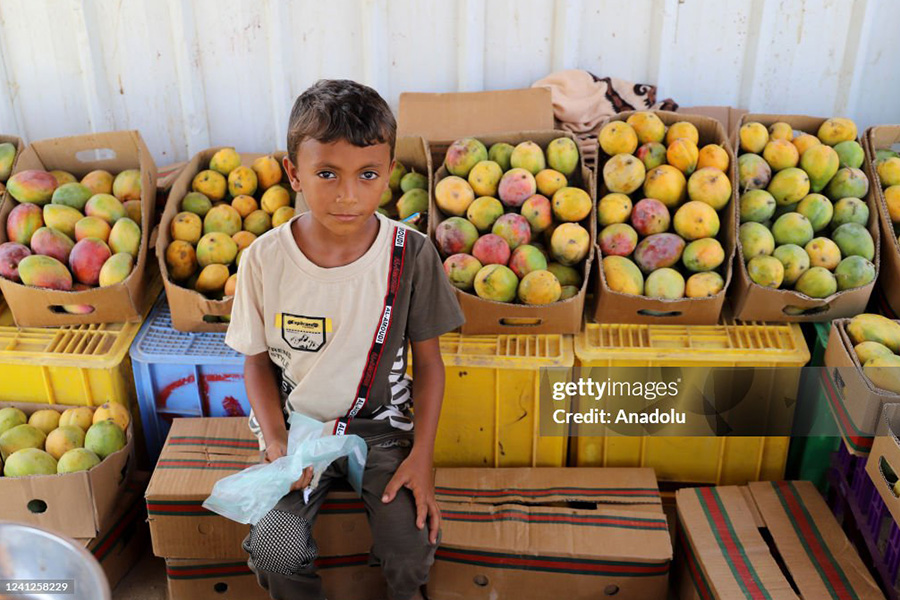We Communicate For Happy Children
 2025: The World Fails to End Child Labour
2025: The World Fails to End Child Labour 
25 June 2025
This year, World Play Day (June 11) and the World Day Against Child Labour (June 12) were marked amid alarming statistics: nearly 138 million children remain trapped in child labour, including around 45 million involved in hazardous work that may endanger their health, safety, or development.
These figures, published in a joint report by UNICEF and the International Labour Organization (ILO), serve as a stark reminder that the global goal of ending child labour by 2025—pledged in 2015—has not been achieved. While the number of children in labour has decreased from 168 million in 2015, and by 22 million since 2020, the International Trade Union Confederation (ITUC) warns that “the world is dangerously off-track to meet the 2025 deadline” outlined in Sustainable Development Goal (SDG) 8.7.
SDG 8.7 calls for immediate and effective measures to eradicate forced labour, end modern slavery and human trafficking, and ensure the prohibition and elimination of the worst forms of child labour—including the recruitment of children. It also calls for ending child labour in all its forms by 2025, which corresponds to this very year, underscoring the urgency of the unmet commitment.
If the current slow pace of progress continues—particularly amid escalating wars and conflicts around the world, especially in Arab countries, where child labour is on the rise—this means the world will require a longer timeframe to reach its intended goals. It may also necessitate the adoption of new policy frameworks and more integrated and comprehensive solutions.
Child Labour as an Intergenerational Cycle—and the Possibility of Solutions
One of the key points raised by the report is that child labour is intergenerational—often passed down from parents to children in a recurring economic and social cycle. More specifically, families in which parents were forced to work as children often face difficult socio-economic conditions. This leads their children to enter the workforce at an early age to help meet household expenses, limiting their access to quality education. In this way, the cycle of poverty and educational deprivation is perpetuated across generations.
All of this reinforces the critical need for integrated policy solutions that operate across government sectors and address the issue from educational, economic, and social perspectives—an approach both organizations have emphasized.
The two organizations also emphasized that ending child labour is not possible without addressing the underlying conditions that drive families to send their children to work—most notably poverty. The calls for action also highlighted the importance of parents’ rights, particularly the right to decent work, which is essential to ending child labour.
In this context, the ILO adopts a fully comprehensive approach to child labour, recognizing that ensuring decent working conditions for adults is crucial to addressing the labour of their children.
The report further notes that two-thirds of all child labour worldwide occurs in sub-Saharan Africa, based on country-specific data that reflects significant regional disparities in child labour rates.
As part of the efforts to combat child labour, the report highlighted the global funding crisis. UNICEF warned that cuts in global funding threaten to roll back the hard-won progress made so far, stressing the importance of continued commitment to keeping children in classrooms and playgrounds—not in workplaces.
